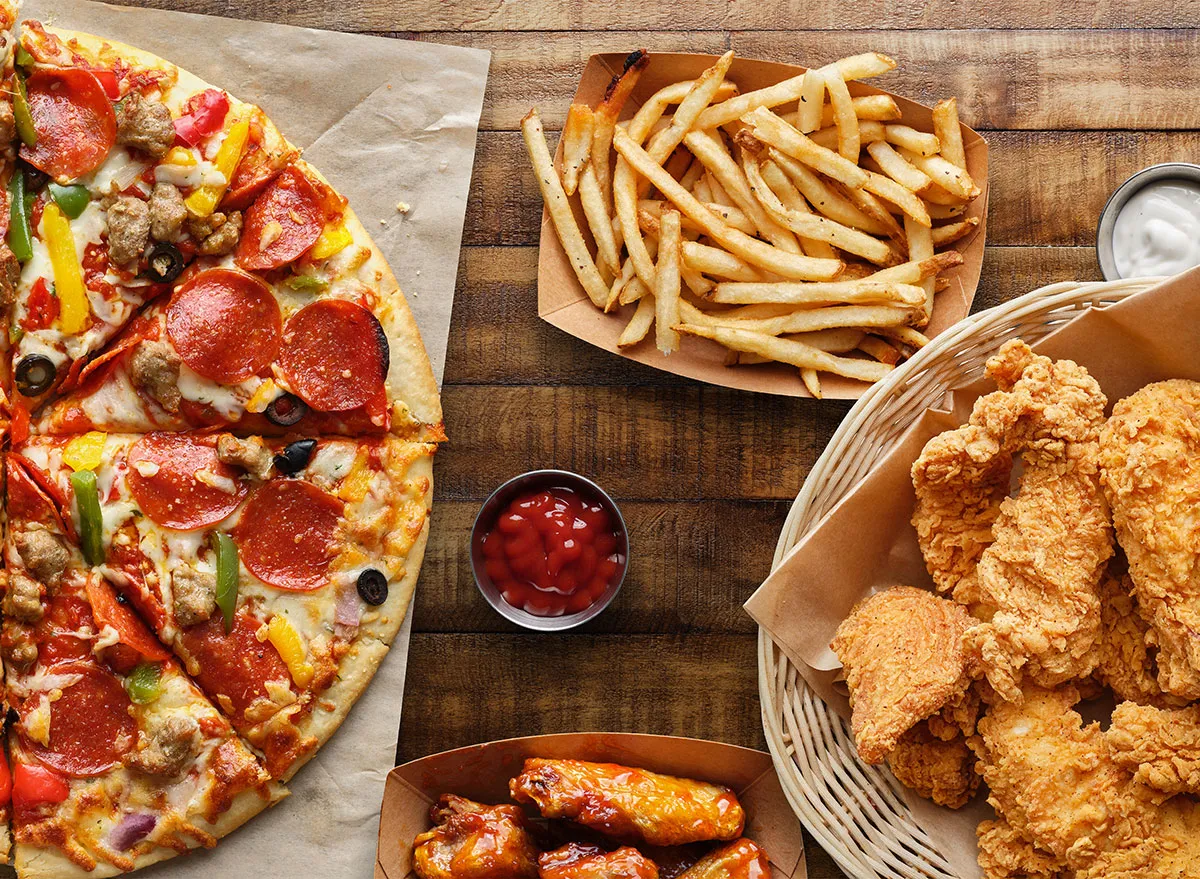This article is tailored for individuals who are interested in making informed decisions about their eating habits while considering both financial implications and health benefits. Readers seeking to strike a balance between saving money and maintaining a healthy lifestyle will find valuable insights and actionable advice.
Introduction:
In a world bustling with convenience and rapidity, the choice between dining out at fast food joints and preparing meals at home is a recurring decision that intertwines economics and health. As we dive into the intricate interplay of financial considerations and personal well-being, we embark on a journey to analyze whether the apparent savings of fast food consumption truly outweigh the benefits of home cooking.
The Fast Food Temptation: A Cost-Effective Solution?
Fast food, often touted for its affordability, promises a quick fix for hunger. However, the monetary allure of fast food can mask the hidden costs. Analyzing the long-term financial implications, including potential healthcare expenses due to poor dietary choices, paints a more comprehensive picture. A closer look at the economics of frequent fast food consumption reveals that these initial savings might not be as substantial as they appear.
Home Cooking: Beyond the Price Tag:
Home cooking, often perceived as costlier due to grocery bills, offers a wealth of benefits that extend beyond dollars and cents. The act of preparing meals at home provides an opportunity to control ingredients, portion sizes, and nutritional content. This control transcends mere economics, fostering better health outcomes and potential long-term savings on medical bills. By embracing home cooking, individuals invest in their well-being, reaping rewards that extend far beyond the immediate financial considerations.

The Health Factor: Hidden Costs of Fast Food:
While fast food may seem financially friendly, its true cost can materialize through adverse health effects. The affordability of fast food often correlates with low nutritional value and high calorie content. These choices can contribute to a myriad of health issues, ranging from obesity to cardiovascular diseases. Understanding the hidden economic toll of poor health due to fast food consumption underscores the urgency of making informed dietary decisions.
Balancing Budget and Well-Being: The Holistic View:
The economics of eating is a multifaceted realm where financial considerations coalesce with health implications. Evaluating the full spectrum of costs and benefits involves acknowledging the potential savings of cooking at home alongside the immeasurable value of improved health and well-being. Striking a balance between these factors calls for a shift in perspective—one that transcends immediate financial gains and centers on fostering a sustainable lifestyle that prioritizes health over momentary convenience.
Cooking as an Investment: Expert Insights:
Imagine a conversation with Sarah, a seasoned nutritionist with a deep understanding of the intertwining realms of finance and health. Sarah’s expertise sheds light on the holistic value of home cooking as an investment in oneself. Her guidance underscores that while fast food might offer initial financial respite, the dividends of cooking at home compound over time, manifesting as robust health, vitality, and potential financial savings on medical expenses.
Conclusion:
In the intricate tapestry of food economics, the choice between fast food and home cooking transcends mere dollars and cents. The “Economics of Eating” navigates this labyrinth, unveiling the trade-off between apparent fast food savings and the enduring benefits of home cooking. As we conclude this exploration, remember that our choices at the dinner table reverberate through our wallets and well-being. The wisdom lies in considering not only the immediate financial impact but also the profound long-term implications that shape our health and quality of life. In a world teeming with choices, let us embrace the economics of mindful eating—an investment in our health that pays dividends for years to come.




